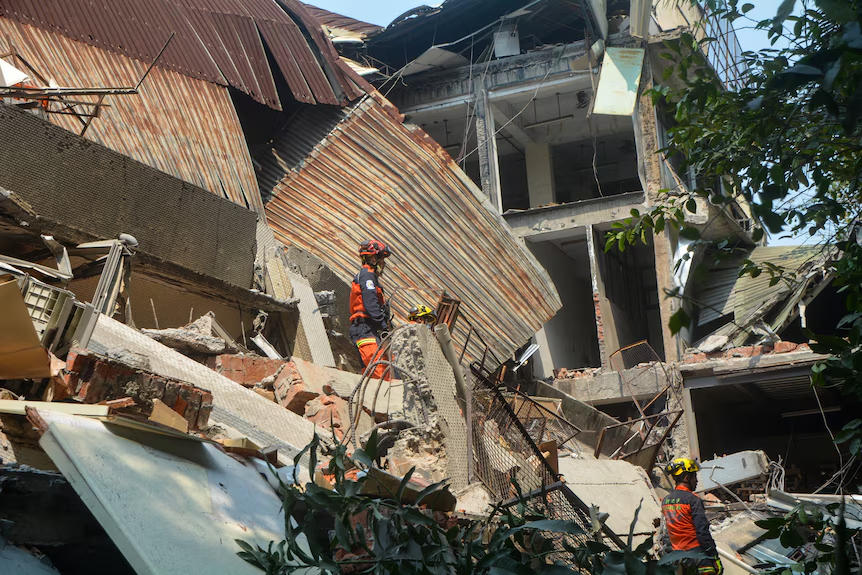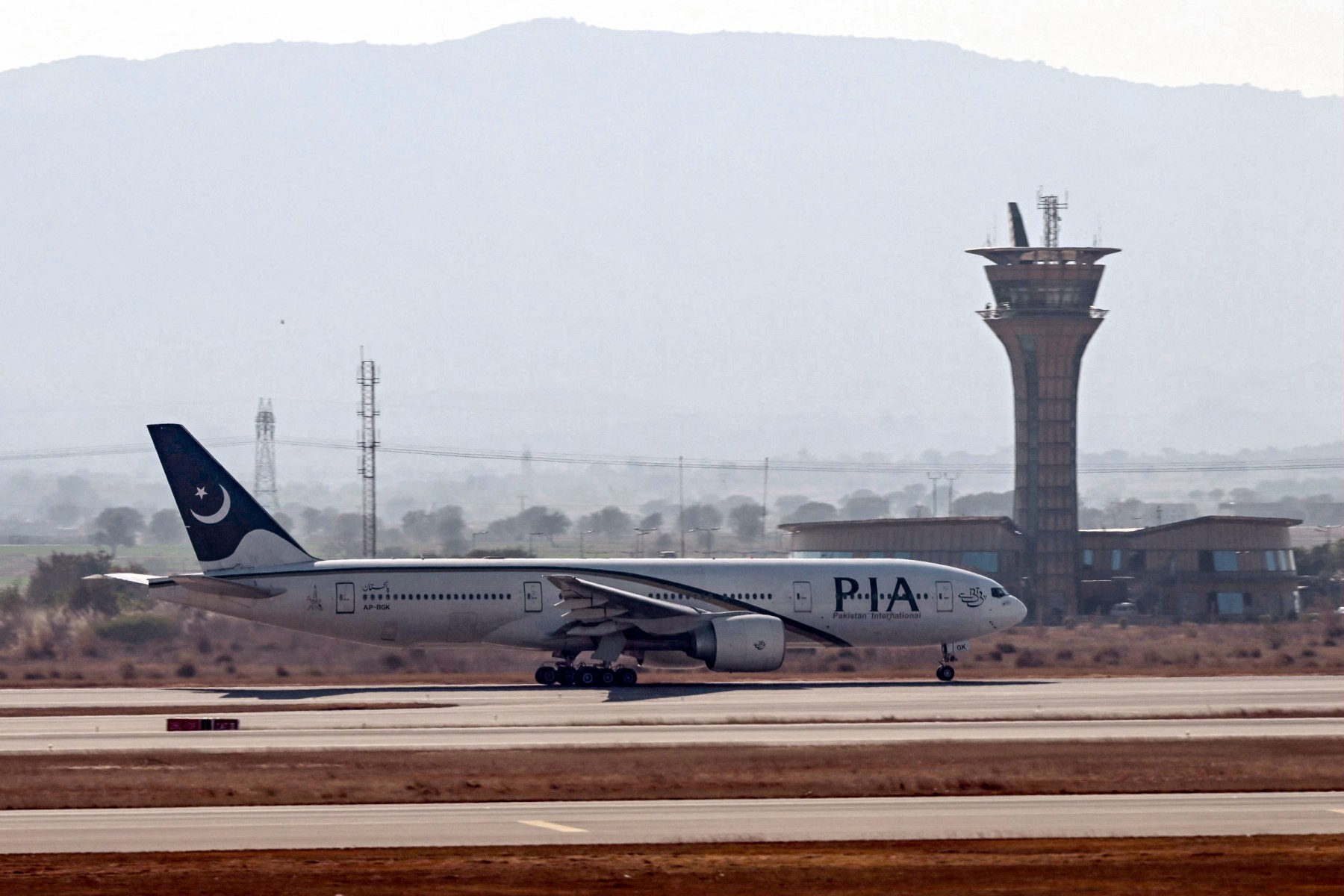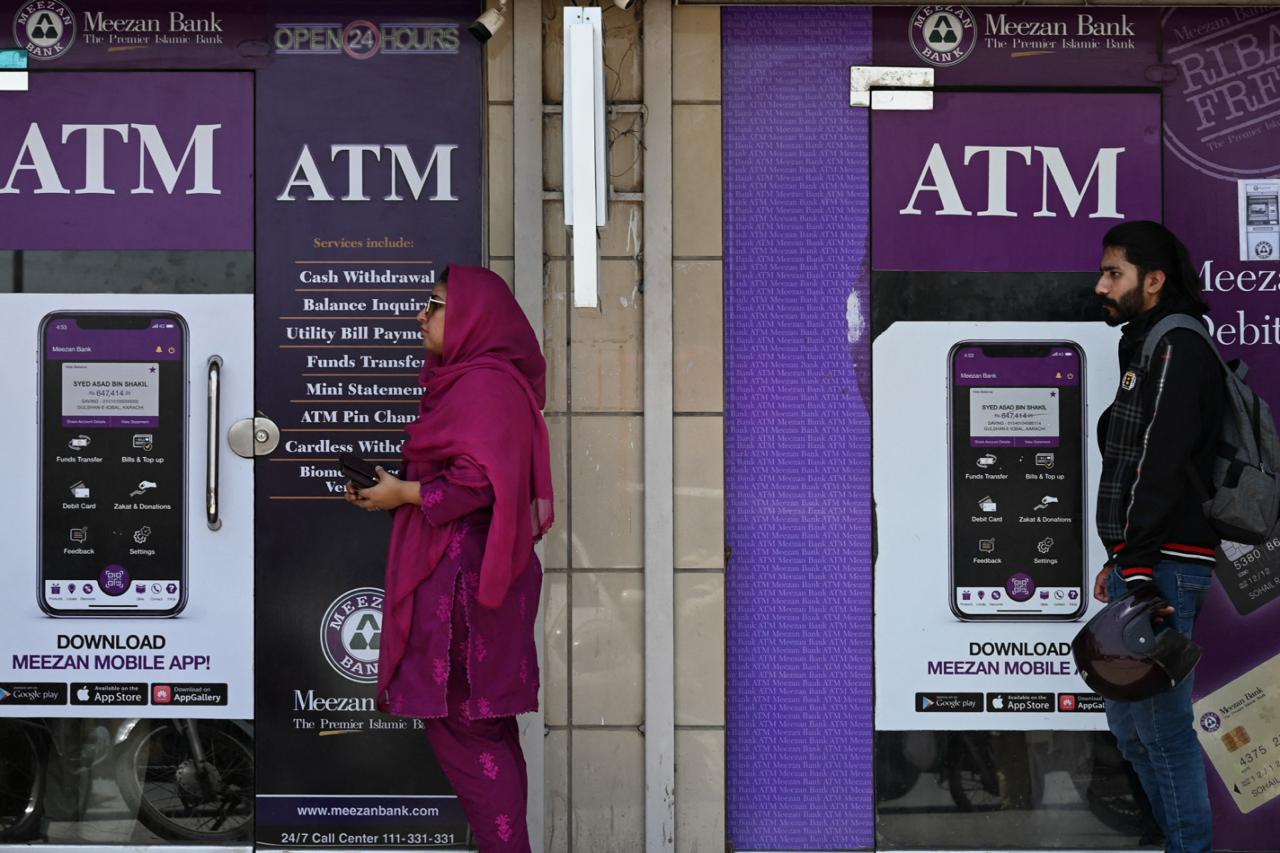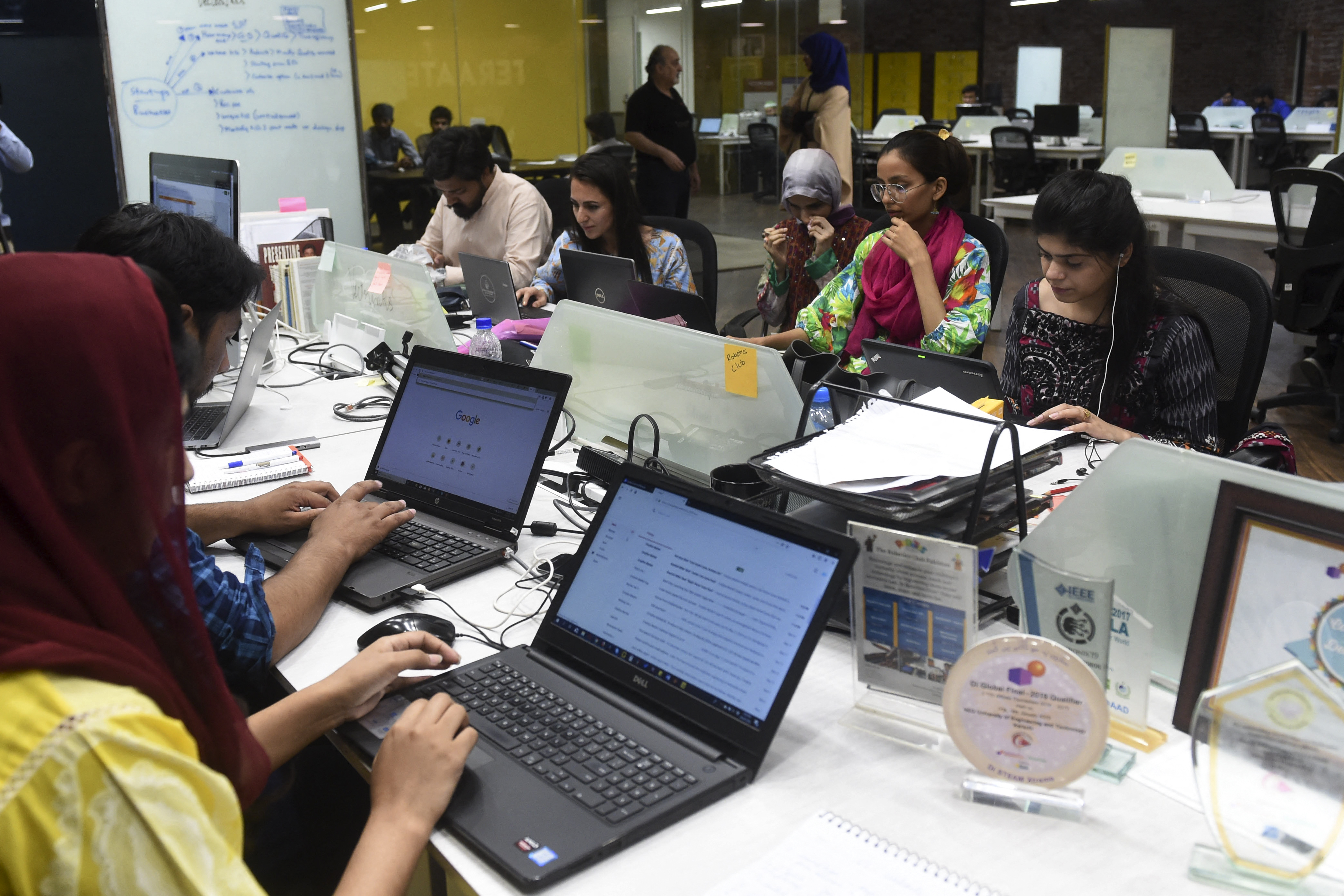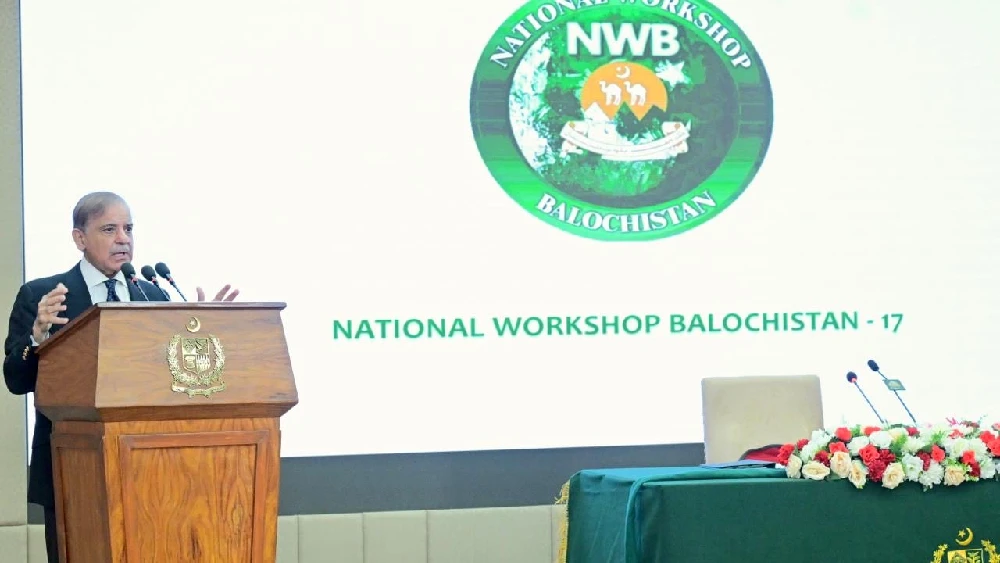Behind headlines: Pakistan’s economy shows stabilization amid crises, reform
LAHORE: For years, Pakistan’s economy has often been discussed through broad narratives of crisis and decline. But analysts say that much of this discourse overlooks the actual data, which now points to a phase of stabilization and gradual recovery under severe external and climate-related pressures.
The contrast between perception and performance, they argue, has rarely been more pronounced.
The comparison with India frequently dominates headlines. India’s growth rate, hovering near 7%, is widely showcased as a regional success story. Yet, as economists note, growth alone does not define economic well-being.
India currently ranks 105th on the Global Hunger Index 2024, categorized in the “serious” hunger bracket, with more than 800 million people reliant on free food rations. Meanwhile, the richest 1% own 40% of national wealth, leaving the bottom half with just 6.4%. Economic expansion has not prevented inequality from reaching levels deeper than the colonial era.
Pakistan, by contrast, has weathered multiple overlapping crises: record flooding in 2022 displaced 33 million people and caused more than $30 billion in losses; new floods in 2025 again hit Punjab, damaging crops and supply chains just as stabilization had begun. These shocks came amid global inflation, volatile energy markets, and disruptions at the Afghan border. Despite this, the economy held together.
A data-based correction to recent pessimistic commentary came from Khurram Schehzad, advisor to the finance minister, after BBC Urdu’s recent report painted a bleak picture of Pakistan’s economic trajectory. In a detailed post on X, Schehzad challenged the narrative with updated performance metrics.
He noted that GDP growth rose from 2.5% in FY24 to 3.0% in FY25, with projections of 3.6–4.0% in FY26. Per capita income climbed to $1,830, the first significant increase in years. Inflation fell sharply, from 23% to 4.5%, its lowest in nine years, while the policy rate dropped from 22% to 11%, reopening avenues for investment and credit.
The external account improved in parallel. Pakistan recorded its first current account surplus in 14 years, reaching $2.1 billion in FY25. Foreign exchange reserves rose to $14.5 billion, about 55% higher than a year earlier. The primary fiscal surplus reached a record 2.4% of GDP. The overall deficit hit a nine-year low.
Debt metrics also improved. Debt-to-GDP declined from 75% to under 70%, and the government posted a fiscal surplus of Rs1.5 trillion (≈ $5.34 billion) in the first quarter of FY26.
Ratings agencies responded in kind:
Fitch upgraded Pakistan to B– (April 2025)
S&P matched the upgrade (July 2025)
Moody’s raised Pakistan to Caa1 (August 2025)
Each cited strengthened reserves, improved fiscal discipline, and credible reforms.
These reforms are wide-ranging. The tax system has shifted to digital e-invoicing, provinces have begun agriculture income tax enforcement, and the energy sector is being restructured through tariff rationalization and governance changes. Industrial and agricultural tariffs have been brought down from Rs38 to Rs23 per unit, with three-year price certainty, reducing production costs.
Privatization, stalled for years, has resumed: the First Women Bank was recently acquired by a UAE investment group. Under the Medium-Term Debt Strategy, Pakistan has already repaid Rs3.5 trillion (≈ $12.45 billion) in early debt retirements. Regulatory simplification has reduced compliance costs by over Rs300 billion (≈ $1.07 billion) annually.
This shift is reflected in trade and markets. Exports grew across goods (+7%), services (+15%), and technology (+18%) in FY25. Large-scale manufacturing expanded 9% between July and September 2025. The Pakistan Stock Exchange surged 60% in FY25, with its investor base growing 28%, surpassing one million individual investors.
The ICT and freelance economy now leads the transformation.
Between July–September FY26, ICT exports reached $1.06 billion (+20.5% YoY); September alone recorded $366 million (+25.3%), the highest month ever. ICT now contributes 48% of total services exports, generating a $953 million trade surplus.
This progress has attracted renewed foreign investment. Saudi Arabia has advanced commitments in refining and minerals, China’s CPEC 2.0 has brought $1.5 billion in new B2B projects, and the UAE and US have expanded investment in banking, renewables, ports, mining, and digital infrastructure.
The picture that emerges is not one of triumph, but of resilience combined with gradual structural repair.
Inflation is down. Interest rates are down. Reserves are higher. Fiscal and external accounts are in surplus. Exports and ICT earnings are at record levels. Investment appetite is returning. Structural reforms, long delayed, are underway.
Global headlines may continue to frame Pakistan’s economy as collapsing.
But the data shows an economy that is stabilizing, reforming, and quietly rebuilding, under extraordinary constraints.
The story, as the numbers tell it, is not one of decline, but of recovery under pressure, real, uneven, but unmistakably underway.
Latest News
Brazil's ex-president Bolsonaro treated for hiccups
2 HOURS AGO

Paris metro stabbings suspect moved to psychiatric hospital
2 HOURS AGO
.jpg)
Israel seals off Palestinian village after deadly attack
4 HOURS AGO

Russia claims capture of two more eastern Ukraine towns
6 HOURS AGO
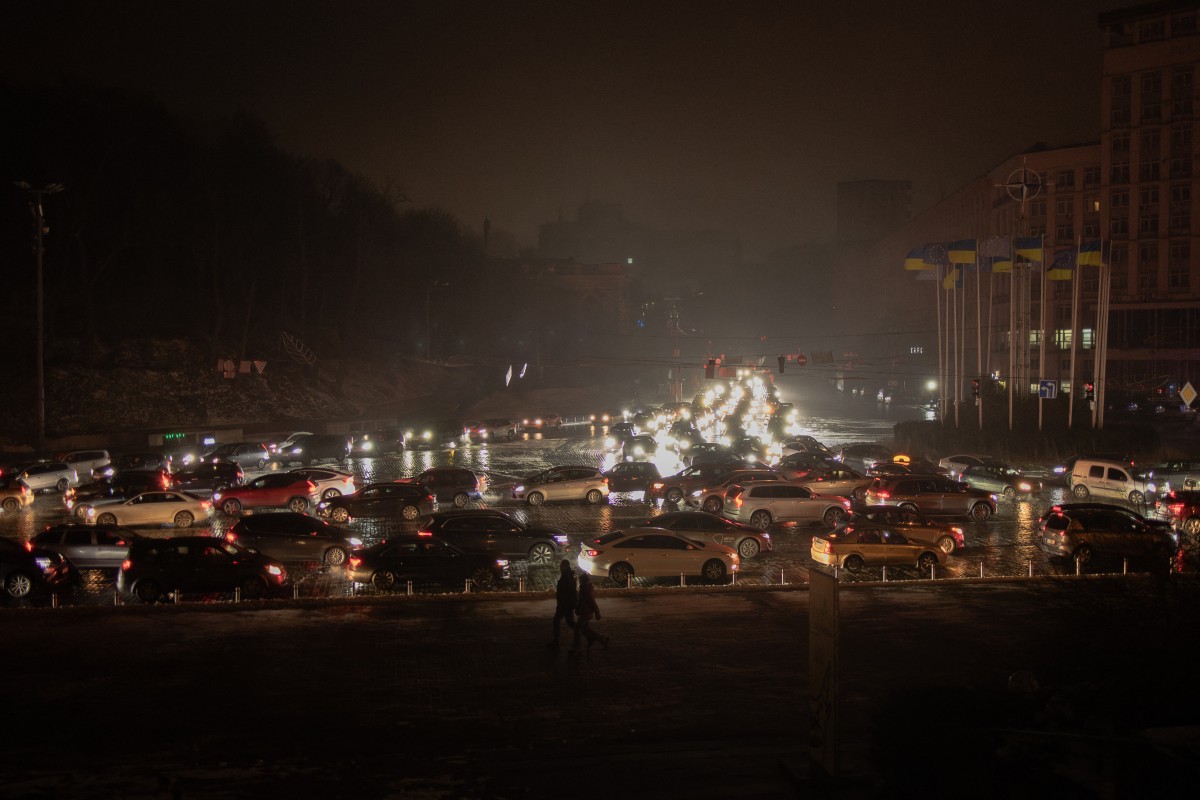
6.6-magnitude earthquake hits off Taiwan: USGS
8 HOURS AGO
